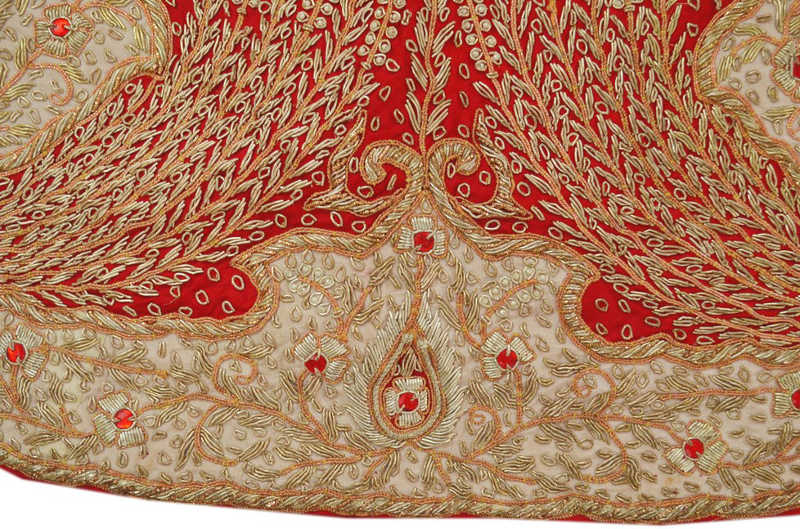===
0423,
11
===

=== |
 |
vahm : 'Thinking, imagining, conceiving (esp. a false idea); — opinion, conjecture; imagination, idea, fancy; — suspicion, doubt; scruple, caution; distrust, anxiety, apprehension, fear; — a superstition'. (Platts p.1205)
ḳhayāl : Thought, opinion, surmise, suspicion, conception, idea, notion, fancy, imagination, conceit. whim, chimera; consideration; regard, deference; apprehension; care, concern; — an imaginary form, apparition, vision, spectre, phantom, shadow, delusion'. (Platts p.498)
jhāṛnā : 'To cause to drop or fall; to strain; to shake (trees, carpets, &c.), to beat (bushes, &c.); to shake off, to cast (its feathers, as a bird)'. (Platts p.403)
FWP:
SETS == A,B; KYA
MOTIFS
NAMES
TERMS == AFFINITY; AMBIGUITY; PARADOXWell, surely the most striking feature of this verse is the paradoxical relationship between the two lines, which seem to discredit each other and make each other impossible or irrelevant. For after all, if neither speaker not addressee exists at all, how could they have hands and sleeves and use them to make movements with, to hold or release each other or themselves? And if speaker and addressee are enjoined to do things with their hands and bodies and even clothing, how much sense does it make to assure them somewhat scornfully that they don't exist at all? It's the exaggerated physicality of the second line that creates the delightful, wickedly paradoxical effect. After all, Mir could easily have said 'ignore me, and disregard yourself', or words to that effect; and if he had, how second-rate the verse would have become!
Moreover, there's potentially even more to it than that. For the first line also makes an enjoyable use of the 'kya effect'. We could read kyā hai ḳhayāl tujh ko as 'What idea do you have?' or 'Do you have an idea?' (earnest questions that might be part of a genuine philosophical discussion). Or we could read it as 'What kind of an absurd idea you have!' And on this second reading, does the addressee have the idea that the two persons really do exist (in which case the second line provides a scornful, mocking injunction to give up this idea)? Or does she/he instead think that the two persons do not really exist (in which case the second line itself, in its sarcastic. ostentatious physicality, provides a refutation of this erroneous belief)?
If any further subtle possibilities are desired, there's the partial overlap between vahm and ḳhayāl (see the definitions above). Are we meant to notice the differences, or the similarities? Surely Mir would say, both.
Note for grammar fans: I'm taking uṭhā rah as a colloquially shortened form of uṭhā k ar rah . Thus the injunction is, technically, 'having lifted up your hand, remain [in that state]'.